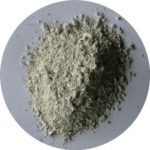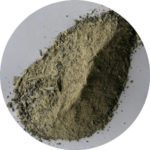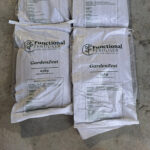PW Burton
Fundamental changes in soil fertility practice are already underway, and people are finding their way into one of three camps.
There are those that understand common usage doesn’t necessarily make any practice the best option and are embracing new technologies, or are busy canvassing all their options in preparation for change.
There are those that are unaware that fundamental change is inevitable, and that the time to ‘change-over’ is near.
And there are those that are absolutely determined that nothing will shift them from their present practises regardless of their consequences, and the benefits of embracing a new paradigm.
They’re challenging and fascinating times, with plenty to be learnt from observing people’s reactions to the mounting pressure.
Change always brings uncertainty, and that’s seldom welcome. Soil fertility and associated science have recently become much debated topics, with a number of scientists taking opposing positions, leaving farmers and growers wondering what’s right and whether consensus might ever be reached.
There is much that can be done on farm to understand the current situation and what, if any, changes may be required.
Initially a fencing spade will provide a wealth of useful information. Carefully digging a cube of soil, spade square to full spade depth from the middle of an ‘average’ paddock will provide a useful insight.
Ideally soils are 50% air and moisture, and contain sufficient obvious ‘crumb’ to provide gaps large enough for water to percolate through and plant roots to travel easily down.
Under heavy treading, which is inevitable with grazing animals, soils compress. Compaction occurs when the soil does not regain its original pre-grazing structure prior to the next grazing. In most situations at this time of the year digging should be reasonably easy.
Should you find that the soil is hard and tight it’s likely that the bulk of plant roots will be in the top few centimetres. One observational sign of shallow rooting is irregular growth patterns. When all conditions, moisture, temperature, and sunlight are favourable exceptional growth is likely, followed by a sudden reduction if conditions become less favourable.
The crowns of pasture plants should be close to the surface of the soil. Should they be sitting high it may be possible to remove a plant by hand, and the length of the roots will give an indication of the structure below.
Where conditions favourable for pasture have been established there should be few if any bare patches of soil. Large leafed clover should already be starting to fill the gaps between grass plants in readiness for summer.
Many areas of the North Island have experienced far more than usual rain over late winter and spring, and on many, but not all farms, this has resulted in excessive mud.
Functional Fertiliser clients have reported that their properties have grown strongly with genuine pugging confined to the small areas when stock were confined and heavy rain occurred overnight.
Trucks have been able to spread fertiliser when this has not been possible on neighbouring farms. These properties will also retain more moisture and, with their plant roots growing down to below half a metre, it will take a prolonged dry spell for growth to slow appreciably.
Nutrient, including nitrogen produced by the clover, will be extracted by plants before being lost to groundwater, reducing the amount of nutrient that is required to maintain high levels of pasture growth throughout the season.
Faster growth also results in higher quality grazing, as there is more leaf surface area for plants to capture the sun’s energy and convert it to soluble sugars.
Over more than a decade we have found there are no downsides to implementing Functional Fertiliser’s full nutrient programmes, based on the well-documented performance of the soil improvers CalciZest and DoloZest. For more information please call Peter on 0800 843 809.




